3 Milk Substitutes That Work in Meatloaf Recipes
Substitute for milk in meatloaf opens up an entire world of flavor opportunities for this classic comfort dish.
Running out of milk or needing dairy-free alternatives is a frequent obstacle in home kitchens.
Several liquid ingredients can seamlessly take milk's place without compromising texture or moisture.
From kitchen staples to surprising additions, these alternatives often bring unique flavor profiles that might even enhance the traditional taste.
Most substitutes blend perfectly with other meatloaf ingredients while maintaining that tender consistency everyone loves.
Some options may actually improve nutritional value or cater to specific dietary needs without anyone noticing the difference.
Read on to uncover which milk replacements work best and how they can transform your next meatloaf creation.
Common Reasons to Replace Milk in Meatloaf
There are several practical reasons you might want to use something other than milk when making meatloaf, and knowing your options can help you create a dish that fits any need or taste:
Dairy Allergies or Lactose Intolerance
Many people can’t have dairy due to allergies or lactose intolerance, so milk alternatives like oat, almond, or soy milk keep recipes safe and enjoyable for everyone.
Dietary Choices
Some avoid milk for personal, religious, or dietary reasons (vegan, paleo), making plant-based or dairy-free substitutes a better fit.
Lighter Option
Regular milk adds richness, but broth, water, or low-fat alternatives can reduce calories and fat in meatloaf without sacrificing moisture.
Different Flavors
Swapping milk lets you explore new flavors: broth adds savory depth, tomato juice or coconut milk give unique twists to your meatloaf.
Cost and Convenience
If you’re out of milk or want to save money, using water or another liquid on hand is easy, quick, and budget-friendly.
Food Sensitivities
Some are sensitive to additives in regular milk, so choosing a simple alternative helps avoid unwanted ingredients.
Creamy Milk Substitutes for Meatloaf
When milk is missing for meatloaf, there’s always something else to reach for. The mixture will hold together beautifully, bake evenly, and still feel hearty when it’s served. Everyone at the table stays happy.
Chicken Stock
Chicken stock can replace milk in meatloaf because it provides both moisture and savory depth without altering the recipe’s balance.
Like milk, stock keeps the ground meat mixture tender by adding liquid that transforms into steam as it bakes, preventing dryness.
Its natural gelatin and proteins help bind the loaf, just as milk proteins would, so you still get that cohesive slice.
Because chicken stock is seasoned, it also boosts the umami and overall flavor - letting you omit or reduce added salt or herbs if you like.
Simply swap in equal parts stock for milk to yield a moist, flavorful meatloaf with a richer, more savory profile.
Beef Stock
Swanson's 100% Natural Beef Stock comes in a generous 48 oz recyclable carton packed with real flavor magic for your kitchen.
The perfectly balanced taste combines real roasted beef, farm-grown vegetables, and simple seasonings without any artificial ingredients, colors, or preservatives.
This gluten-free stock works wonders in so many dishes - from adding rich moisture to entrees, creating the base for amazing sauces and gravies, to deglazing pans after browning meat.
Home cooks love how it elevates holiday classics like pot roast and brisket with genuine homemade flavor.
Vegetable Broth
Vegetable broth can replace milk in meatloaf by providing the necessary moisture to keep the loaf tender without altering its binding properties.
Like milk, the broth’s liquid steams during baking, preventing dryness and helping proteins set for a cohesive slice.
Its natural vegetable flavors add depth and umami, so you may even reduce added seasonings or salt.
Because it’s lighter than dairy, it won’t make the mixture gummy, and you can use it in a straight 1:1 swap.
This makes vegetable broth an ideal dairy-free way to maintain a moist, flavorful meatloaf.
How to Adjust Cooking Time and Texture With Milk Alternatives
Switching from regular milk to a milk alternative in meatloaf or other baked dishes can affect both how long you cook and the final texture, but you can easily make a few tweaks for great results every time:
Meatloaf Without Milk: Common Questions
1. Will using a substitute affect the texture or flavor of my meatloaf?
Yes, broth adds savory flavor, non-dairy milk is neutral, and tomato juice adds a tangy note. Each will keep meatloaf moist, but taste and texture may vary slightly.
2. Are there dairy-free options for making meatloaf?
Absolutely, unsweetened almond milk, soy milk, oat milk, or coconut milk (without strong flavor) work well for a dairy-free meatloaf.
3. Can I skip the liquid altogether in meatloaf?
It's best to include some liquid for moisture and binding, but if omitted, your meatloaf may turn out drier and denser.
4. Will using a substitute change the cooking time?
No, most alternatives won’t significantly affect the cooking time, but monitor for doneness as usual.
5. Are there low-sodium options for replacing milk in meatloaf?
Use low-sodium broth or plain water as a replacement to reduce sodium in your recipe.
6. Can I use yogurt or sour cream instead of milk?
Yes, plain yogurt or sour cream can be used for a richer, tangy meatloaf, use the same amount as milk and expect a creamier texture.
7. Will my meatloaf hold together without milk?
Yes, as long as you use eggs and breadcrumbs (or a substitute), your meatloaf should bind together without milk.
8. How do I store leftover meatloaf made without milk?
Store leftovers in an airtight container in the refrigerator for up to four days, or freeze for longer storage.

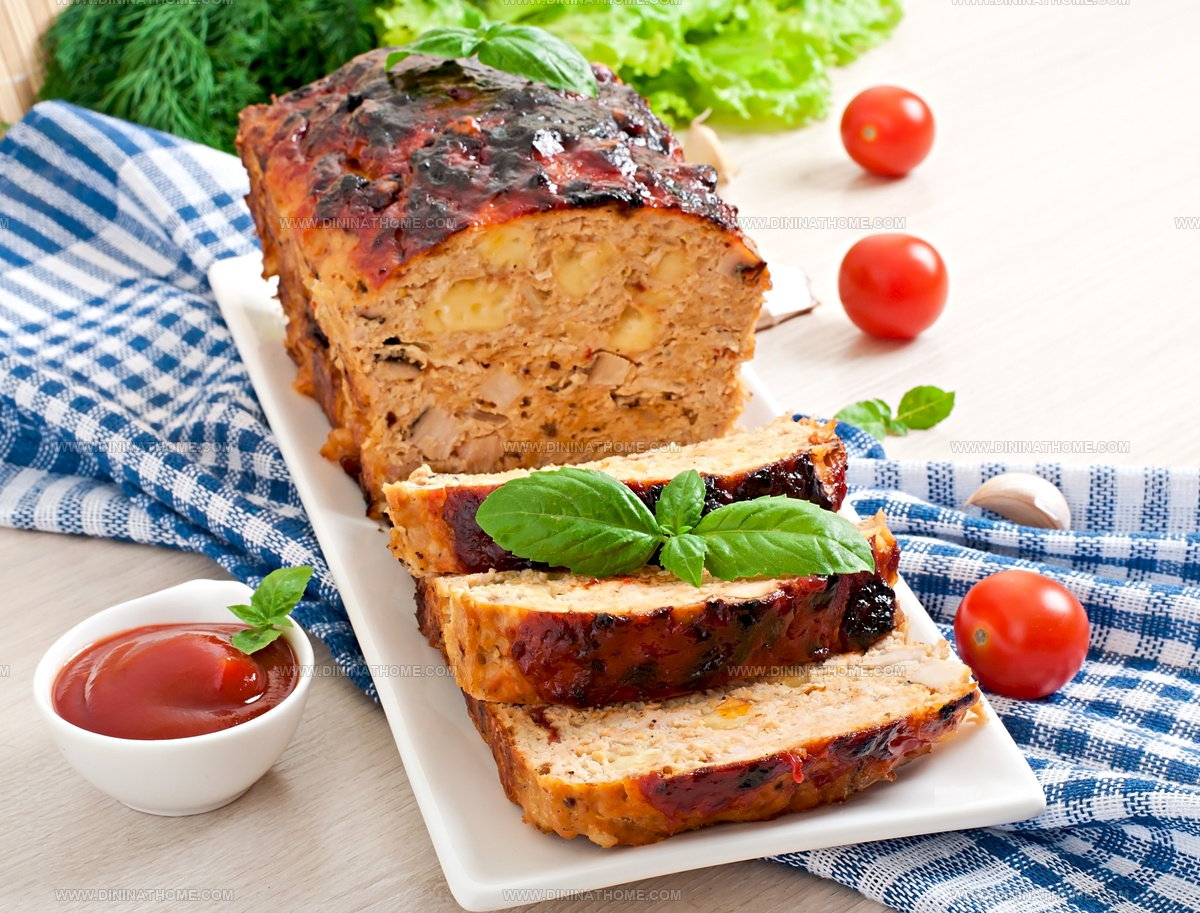
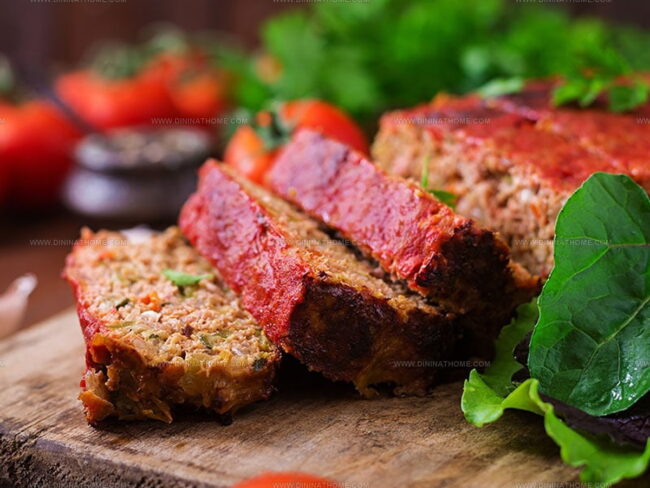
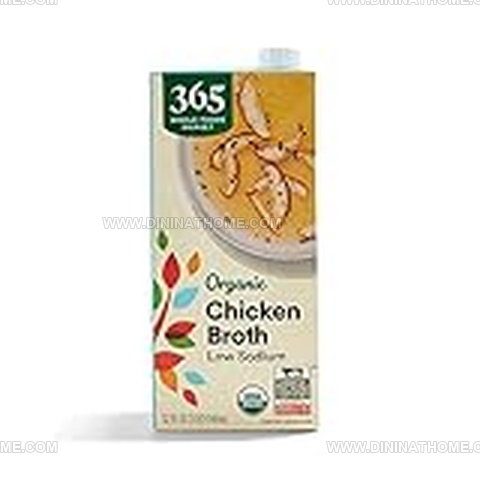
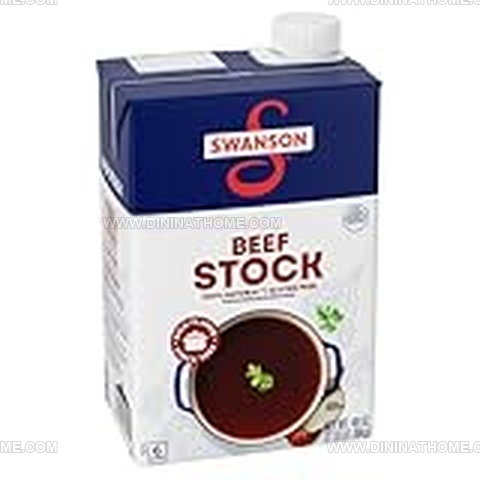
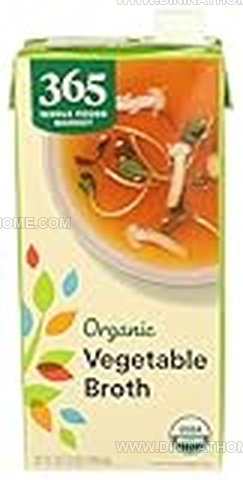
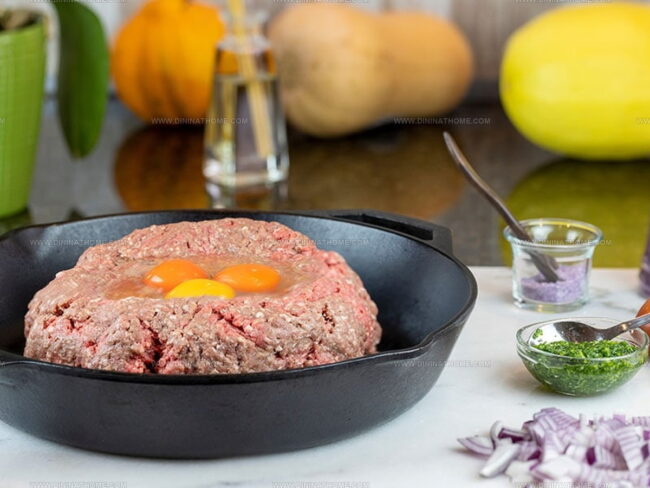
Emily Harper
Nutrition Consultant & Recipe Analyst
Expertise
Healthy Recipe Modification, Nutritional Analysis & Meal Planning, Global Cuisine & Dietary Adaptations
Education
School: French Pastry School, Chicago, IL
Program: L’Art de la Pâtisserie
Focus: Intensive training in traditional French pastry techniques, baking theory, and confectionery arts.
Emily’s journey started in a pastry kitchen but took a detour into the world of health and flavor science.
Graduating from the French Pastry School and studying nutrition opened her eyes to a new mission: making healthy food taste like something you’d actually crave.
At Dining At Home, Emily’s the go-to for smart, feel-good recipes that don’t trade flavor for nutrition.
She’s all about adding a fresh spin on old favorites and finding small ways to make everyday meals a little brighter.
Outside of the kitchen, Emily is most at home walking forest trails, testing plant-based recipes, or sharing a picnic under a wide-open sky.